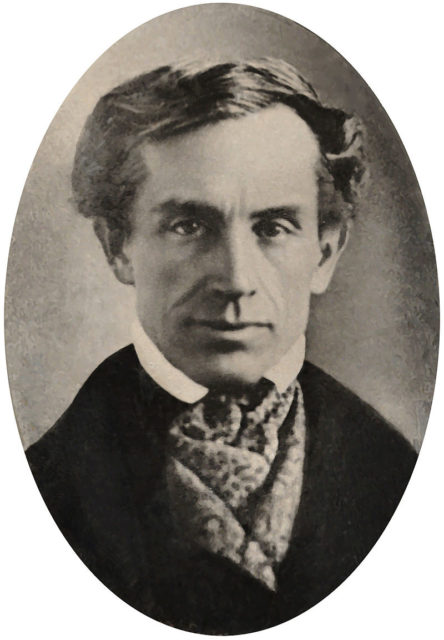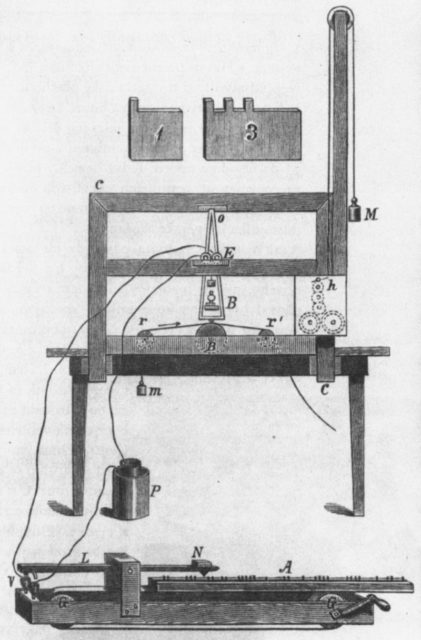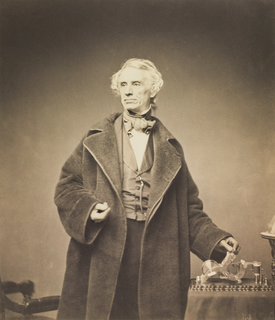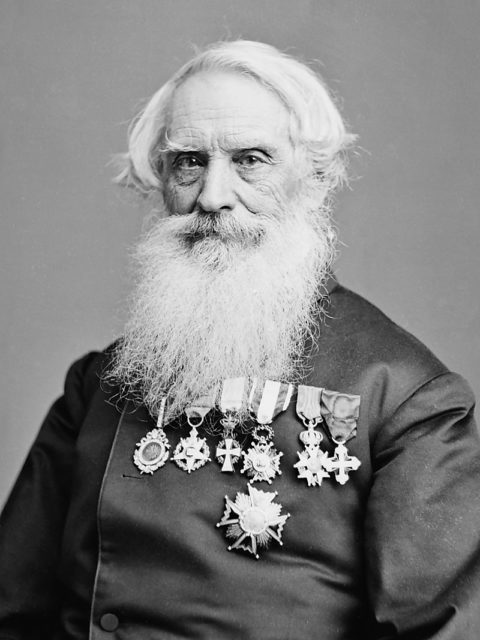Since its invention, the Morse code has been praised as one of the most convenient communication systems in history.
It was designed as a method of transmitting textual information through a series of dots and dashes; specific combinations of dots and dashes stand for particular numbers and letters of the alphabet.
The Morse code revolutionized maritime communication at a time when radio communication was not yet invented: ships would use light beacons to flash messages in Morse code at each other. The most recognizable message is the call for help (S.O.S.), which consists of three dots followed by three dashes, with another three dots after the dashes.
A similar line of code with the letter “M” instead of the letter “O” was adopted in the late 1990s by the famous phone company Nokia; they used the Morse code spelling of the abbreviation “SMS” as the notification sound on their phones.


The Morse code was invented by the American artist and inventor, Samuel Morse around 1837. Nowadays, most people know Morse as an entrepreneur and the sole inventor of the telegraph.
However, this is not entirely true, as various primordial versions of the telegraph existed before Morse even thought of designing his code. These were designed by Friedrich Gauss, Wilhelm Eduard Weber and Carl August von Steinheil in the early 1930’s.
Before inventing the Morse code, Samuel Morse was an accomplished painter who earned his living by making elaborate and critically acclaimed portraits. He perfected his style and technique in London, where he was admitted into the Royal Academy.
While at the Academy, Morse studied the works of Michelangelo and Raphael and created his most famous painting, the “Dying Hercules,” which is considered an absolute masterpiece by art historians.

Morse started developing the Morse code and his version of the telegraph in 1825. His single-wire telegraph would later become the most prominent incarnation of the telegraph, but an unfortunate event triggered its invention.
Namely, in 1825 Morse was in Washington D.C., working on several portraits which were ordered by wealthy clients. While Morse was painting, a messenger delivered a handwritten letter from his father which stated that Morse’s wife was dangerously ill.
Morse immediately left Washington D.C. and traveled to his home in New Haven. When he arrived, he discovered that his wife died and was buried two days before he had managed to reach New Haven.

Morse was devastated and infuriated: the communication system at the time featured horse messengers and extremely slow conventional mail. There were no means by which urgent information could quickly travel long distances and promptly reach its recipient. Therefore, Morse couldn’t reach his wife at a time when she was desperately longing for his presence.
Read another story from us: Thomas Edison: the inventor and entrepreneur who lit the way
Morse regretted this misfortune until his death in 1872, and he dedicated his life to the improvement of the long-distance communication system. His quest was successful, as he invented the praised single-wire telegraph and the Morse code, which laid the foundation for many modern ways of direct communication.
